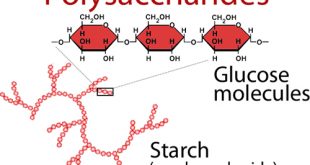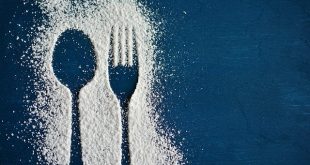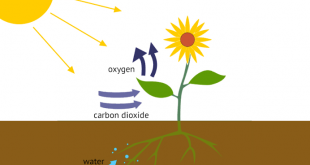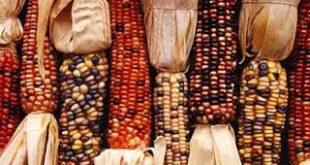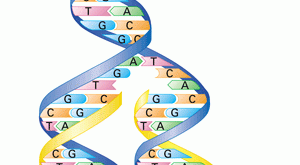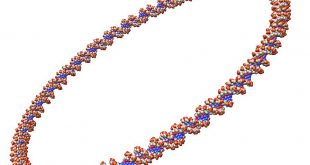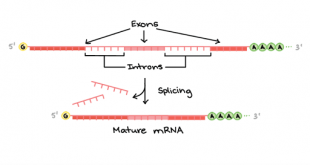Polysaccharides are polymeric carbohydrate molecules composed of long chains of monosaccharide unit bound together by glycosidic linkage. Example: starch, glycogen, cellulose, chitin etc. Characteristics of polysaccharide On hydrolysis, they yield monosaccharide units which are usually similar. D glucose is the commonest component of polysaccharide. They have high molecular weight. They …
Read More »Yearly Archives: 2019
Disaccharides: Bonding of Two Simple Sugars
A disaccharide, also called double sugar, is the sugar formed when two monosaccharides (simple sugars) are joined by a glycosidic linkage. Like monosaccharides, disaccharides are soluble in water. Three common examples are sucrose, lactose, and maltose. Disaccharides are one of the four chemical groupings of carbohydrates (monosaccharides, disaccharides, oligosaccharides, and polysaccharides). The most common …
Read More »Protein: Discovery, Characteristics, and Structures
The word protein refers to a type of molecule in food that can be broken down into amino acids. They are biochemical compounds consisting of one or more polypeptides typically folded into a globular or fibrous form, facilitating a biological function. Protein accounts on average about 1/4th to 1/3rd of …
Read More »Photosynthesis: Introduction & Requirements
Photosynthesis is a chemical reaction that takes place inside a plant, producing sugar type food for the plant to survive. Carbon dioxide, water and light are all needed for photosynthesis to take place. It happens in the leaves of a plant and the other green portions as well. Photosynthesis is a …
Read More »How You Can Save Money and the Environment by Making Simple Changes to Your Home
Did you know that the average American family spends almost $2,000 a year on energy bills? That’s a lot of money! In this blog post, we will discuss some simple ways that you can save money and the environment by making changes to your home. We will cover everything from …
Read More »Transposable Genetic Elements
Transposons were first discovered in corn (maize) during the 1940s and ’50s by American scientist Barbara McClintock, whose work won her the Nobel Prize for Physiology or Medicine in 1983. The colourful pattern on maize ears have an important scientific significance. Modern research have shown that the stripes and spots …
Read More »DNA Replication in Eukaryotes: Linear Replication
DNA replication in eukaryotes is a complex and unique process involving many enzymes and thousands of ORI at a single time. Unlike the prokaryotic DNA, it involves a linear mode of replication. Why does linear DNA replication involve multiple origins at a time? The large linear chromosomes in eukaryotic cell …
Read More »Replication in Circular DNA: Theta Model
Following Meselson and Stahl’s work, investigators confirmed that other organisms also use semiconservative replication. There are, however, several different ways that semiconservative replication can take place, differing principally in the nature of the template DNA—whether it is linear or circular—and in the number of replication forks. Replicon and Origin of …
Read More »Translation: mRNA to Protein
Translation takes place on ribosomes; indeed, ribosomes can be thought of as moving protein-synthesizing machines. A ribosome attaches near the 5′ end of an mRNA strand and moves toward the 3′ end, translating the codons as it goes. Synthesis begins at the amino end of the protein, and the protein …
Read More »Post-transcriptional Modification
The process of transcription is very similar in prokaryotes and eukaryotes, but there are major differences in the relation between the transcript and the mRNA used for polypeptide synthesis in eukaryotes. In prokaryotes, the immediate product of transcription (the primary transcript) is mRNA; by contrast, the primary transcript (also called …
Read More » Plantlet The Blogging Platform of Department of Botany, University of Dhaka
Plantlet The Blogging Platform of Department of Botany, University of Dhaka
